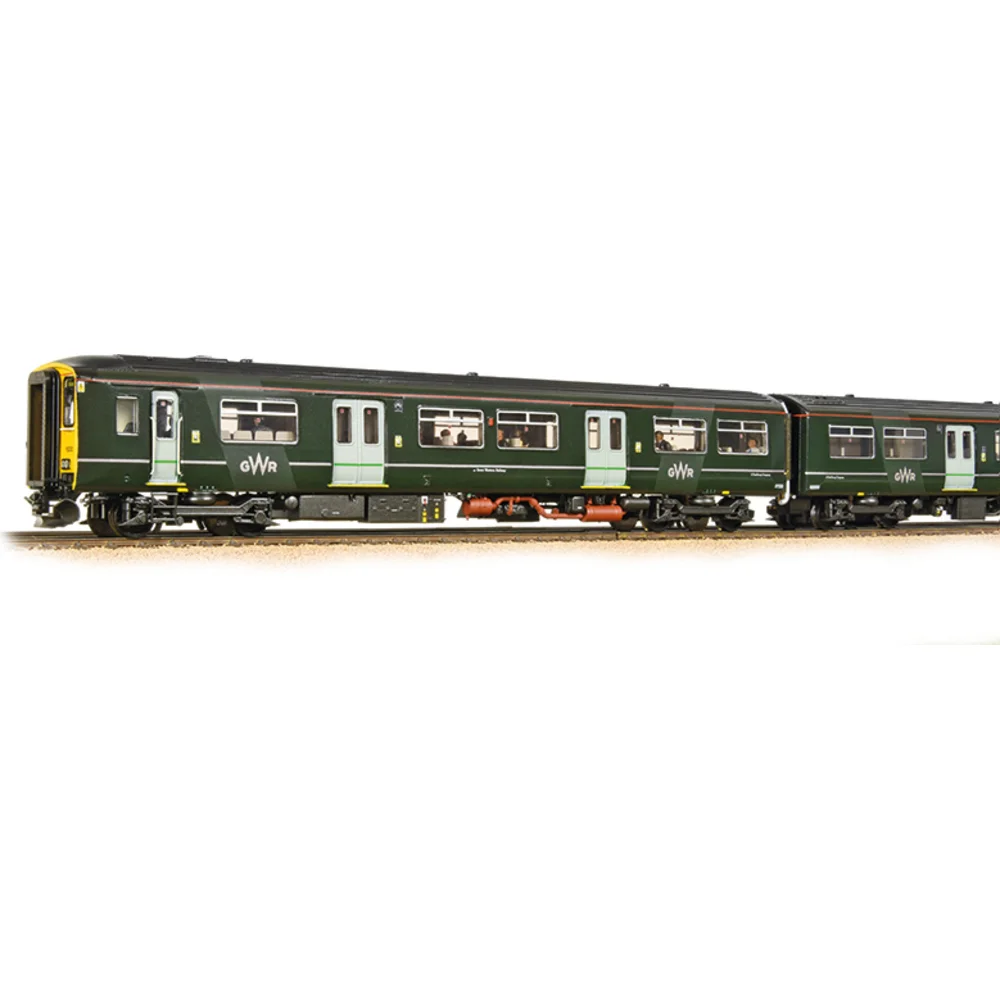Bachmann 32-940
British Rail Class 150/2 150232 Great Western Railway (FirstGroup) Green
Class & Prototype
- Class: British Rail Class 150/2
- Traction: Diesel Multiple Unit
- Built: 1986-1987
- Total Built: -
The BR Class 150 Sprinter pioneered the second-generation DMU revolution that transformed British regional railways from 1984. Built by BREL York, 137 units introduced Mark 3 coach technology, Cummins diesel engines, and modern passenger amenities to replace aging heritage DMUs. Featuring unique 1/3 and 2/3 door positioning and 75mph capability, they served extensively across Great Britain on suburban and branch line services. Still operated by Great Western Railway, Northern, West Midlands Trains, and Transport for Wales after four decades, with unit 150231 achieving preservation status at Mid Hants Railway in 2025. Available as detailed models from Bachmann (OO) and Graham Farish (N gauge) in multiple liveries spanning their extensive operational history.
No prototype found.
Operator & Livery
- Operator: Great Western Railway (FirstGroup)
- Livery: Green
The contemporary Great Western Railway, owned by FirstGroup since 1998, operates Britain's flagship rail franchise connecting London Paddington to the West Country, Wales, and Cotswolds. Serving over 100 million passengers annually, GWR deliberately adopted the historic railway's name and green livery in 2015 to honour Brunel's legacy. The company operates state-of-the-art Hitachi Intercity Express Trains with bi-mode electric-diesel capability alongside traditional diesel multiple units on rural branches. The £7.5 billion fleet modernisation programme, combined with Great Western Main Line electrification, transformed passenger services while maintaining the heritage appeal that makes GWR popular among railway modellers. Current franchise operates until 2028 before likely transition to public ownership.
The modern Great Western Railway green livery, introduced on 20 September 2015, represents a carefully designed tribute to the heritage of Brunel's original Great Western Railway whilst meeting contemporary branding requirements. The livery features a dark green base colour inspired by the original "dark holly green" used on the first GWR locomotives from the 1830s, though specifically developed as a bespoke modern paint formulation.
The design incorporates distinctive white stripes running along the train sides, complemented by grey doors and contemporary GWR roundel branding. This colour scheme replaced FirstGroup's previous "Dynamic Lines" livery of purple, pink and gold that had characterised First Great Western services since 2006. The green livery was developed by design agency Pentagram as part of a comprehensive £7.5 billion rebranding exercise accompanying the introduction of new Intercity Express Trains and infrastructure modernisation.
The livery application extends beyond rolling stock to encompass station signage, staff uniforms, and corporate materials, creating a cohesive visual identity that consciously evokes railway heritage whilst maintaining modern functionality. Electric green, silver, and black serve as accent colours, with the Glypha typeface selected for optimal legibility in transport applications.
For railway modellers, the heritage green approximates to Humbrol 117 US Light Green or similar commercial paint matches, though the exact shade remains proprietary to GWR. The livery has been successfully applied across the diverse fleet including Class 800/802 Intercity Express Trains, Class 387 Electrostars, and various diesel multiple units, creating the distinctive green-liveried railway that defines contemporary GWR operations.
